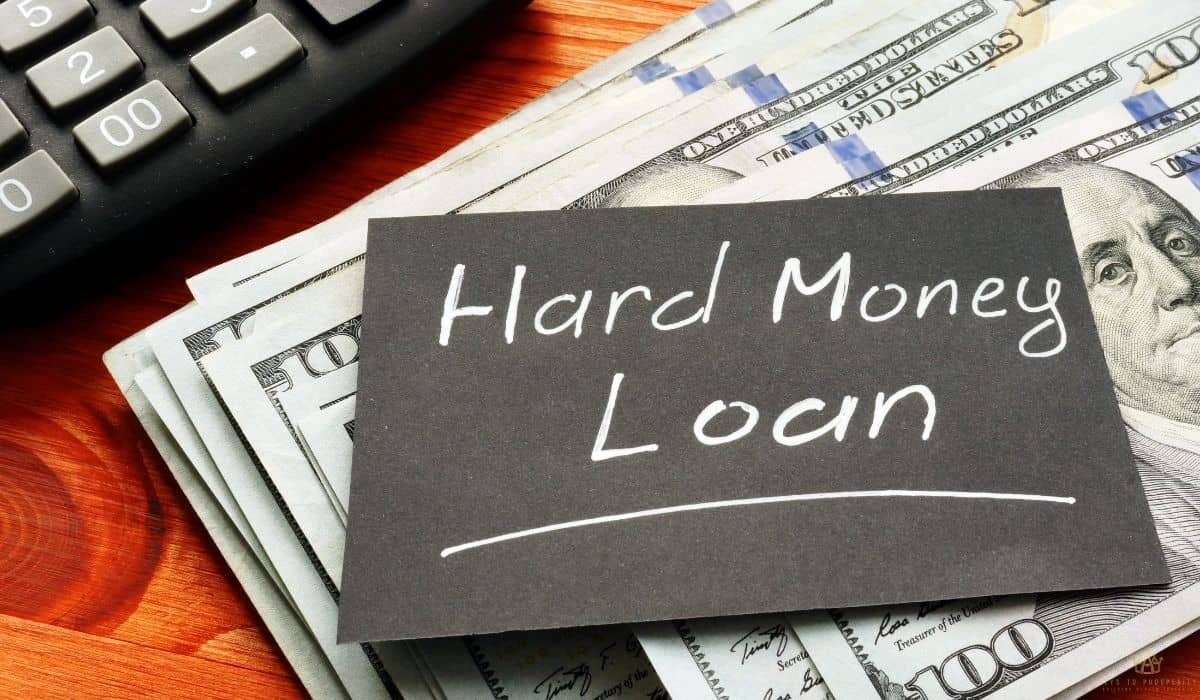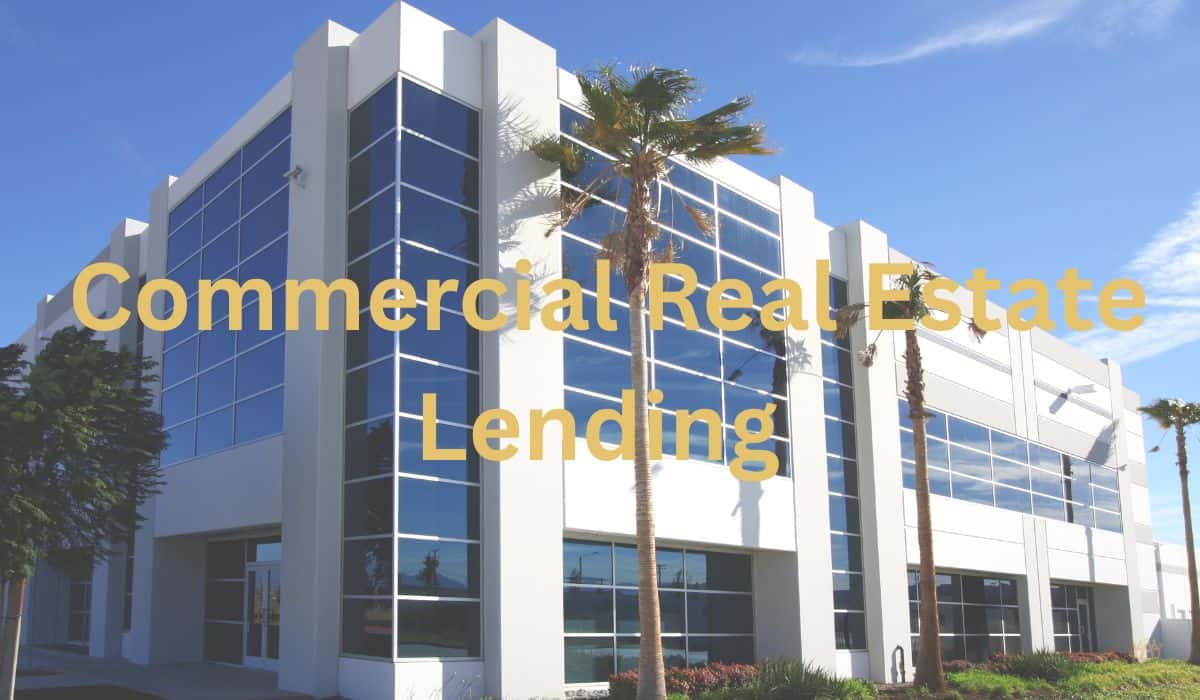Last fall, folks buying investment property had to fork over a hefty 28% down payment on average, nearly twice the 15% needed for a primary residence. That’s a big chunk of change!
From our experience, navigating investment property loans can feel like a puzzle, but it’s one worth solving for real estate investors eager to grow their wealth. This guide tackles the big question: what type of loan is best for investment property in 2025?
Real estate investing is all about smart choices, and we’re here to break down loan options like conventional mortgage loans, hard money loans, and more.
It doesn’t matter if you’re a first-timer dipping your toes into rental property investment, a self-employed pro scaling a portfolio, or a fix-and-flip wizard chasing quick deals. Here, you’ll find clear, practical tips to pick the right mortgage loan and boost your success.
Curious about related topics? Check out our piece on getting a conventional loan for investment property for a deep dive into traditional financing. Next up, we’ll cover how to get a commercial loan for rental property to explore bigger ventures.
For a broader look, our pillar page on commercial real estate bank loans ties it all together.
Let’s start!
Short Summary
- Conventional mortgage loans are ideal for buy-and-hold investors with strong credit, full income documentation, and larger down payment.
- DSCR loans qualify based on rental income, not personal income, making them great for self-employed real estate investors.
- Hard money loans offer fast funding for fix-and-flip projects but come with higher interest rates and shorter terms.
- Private money loans and seller financing provide flexible options through direct relationships with private lenders or property sellers.
- FHA and VA loans can work for multifamily properties if the buyer lives in one unit, but aren’t meant for pure rentals.
- The best loan depends on your strategy, financial position, and how quickly you need to close.
Conventional Mortgage Loans: The Traditional Path To Real Estate Investment
For many real estate investors, the first stop on the financing journey is a conventional mortgage. It’s familiar, widely accepted, and usually the most affordable way to finance a rental property, if you can meet the requirements.
Qualification Requirements And Loan Structure
Conventional mortgage loans for rental investment property typically follow Fannie Mae and Freddie Mac guidelines. That means you’ll need solid credit (usually 680+), a low debt to income ratio (below 45%), and full income documentation.
For example: A couple aiming to buy an investment property ran into delays because their income came from multiple freelance sources. The bank asked for two years of tax returns and a pile of 1099s.
If your income isn’t straightforward, be ready to show detailed proof.
Expect to put down at least 20%, though 25% often unlocks better rates. Yes, cash reserves matter. Lenders often want to see 2–6 months of mortgage payments set aside.
Loan Limits And Terms
Each loan must fall within conventional loan limits (around $806,500 for 2025 in most counties). Want a 30-year loan term with steady monthly mortgage payments? That’s one big perk of going the traditional route.
And when we say “traditional,” we mean working with bank loans or a credit union, both of which usually offer lower interest rates (somewhere between 6.5% and 7% this year).
Pros For Buy-and-Hold Investors
If you’re planning to generate rental income long-term, this option is golden. Lower rates mean stronger cash flow. A predictable loan structure means easier planning.
Say someone wants to build passive income from a duplex. A conventional mortgage loan could help lock in long-term affordability and stability.
Limitations To Consider
There are trade-offs:
- You can only finance up to 10 investment property purchases this way.
- Properties must be held in your name, not an LLC.
- Self-employed real estate investors often hit snags with documentation.
For example, one borrower with five properties had to pause portfolio expansion because of that 10-property limit. It’s something we always flag early when helping others map out long-term real estate investment plans.
Still, if you’re organized, and your numbers are solid, conventional mortgage loans remain one of the most reliable paths to building wealth through real estate investing.
What Type Of Loan Is Best For Investment Property: Alternative Financing Solutions
Not every investor fits the mold of traditional financing.
And that’s totally okay! When you’re growing fast, flipping houses, or working with non-W2 income, it’s worth exploring investment property loan options outside the usual bank channels.
Here’s where alternative loans step in to match different real estate investment strategies:
Debt Service Coverage Ratio (DSCR) Loans: Based On Property Income, Not Your Paycheck
DSCR loans are a game-changer for self-employed real estate investors. Instead of looking at personal income, lenders evaluate how much income the property will generate compared to its debt.
The formula is simple:
rental income ÷ debt payments. A DSCR of 1.25 means your property brings in 25% more income than the mortgage costs.
These loans come with:
- Interest rates around 6.5% to 9.5%
- A required down payment of 20% to 25%
- No need to provide tax returns or pay stubs
We’ve seen cases where an investor with multiple side businesses qualified easily using a solid lease agreement and projected rental income. This makes DSCR ideal for those scaling a portfolio while keeping paperwork minimal.
Hard Money Loans: Fast and Flexible for Flippers
Hard money loans are designed for quick action. These are short-term financing tools, usually 6 to 18 months, from private money lenders who care more about the property value than your credit score.
Some key facts:
- Close in 7 to 14 days
- High interest payments (9% to 15%)
- Great for fix-and-flip projects or bridge loans
One investor, for example, used a hard money loan to buy a fire-damaged home at a steep discount. They renovated and sold it within six months. The interest was higher, but the fast closing made the deal possible.
Private Money Loans And Creative Financing Options
These aren’t tied to banks or institutions. Instead, they come from private lenders or even other real estate investors. Expect flexible terms and fewer rules.
Some setups include:
- Seller financing when the seller acts as the lender
- Joint ventures with equity partners
- Peer-to-peer lending arrangements
We’ve seen people build entire portfolios by forming relationships with repeat lenders in their network. These deals don’t always follow a template, but with trust and clear terms, they can offer some of the best flexibility in real estate investing.
Government-Backed Loans: FHA And VA Options
There’s a common misconception that FHA loans and VA loans are only for primary homes. While they’re not designed for full-scale rental property investment, they can help you get started with multifamily properties.
Here’s how:
- An FHA loan can be used to buy a 2–4 unit property if you live in one of the units
- You’ll need a lower down payment, but mortgage insurance applies
- VA loans offer 0% down options for qualified veterans, but the same owner-occupied rule applies
Someone starting out might house-hack a triplex: live in one unit, rent the others. It’s a clever way to generate cash flow while building experience and equity.
Matching The Strategy To The Loan
Availability is a crucial factor for alternative investment property financing. However, choosing the right tool for the job is importanter, as one internet meme puts it. Or maybe just as important! It depends, really.
Here’s how to find out:
- For long-term rental income: DSCR loans shine
- For fast flips: Hard money loans work best
- For unique deals: Consider private money loans or seller financing
No two deals are exactly alike, and the best results often come from combining experience with the right financial tools. From private mortgage insurance costs to closing timelines, every factor counts in making your next investment move a smart one.
Choosing Your Investment Property Financing Strategy
By all means, ensure you’ll get approval, but making the numbers work long-term should also be up there when finding the right loan for your deal. From buy-and-hold to fix-and-flip, each strategy calls for a different approach to investment property financing.
Let’s walk through how to match your loan with your goals and avoid common missteps.
Match Loan Type To Your Investment Strategy
Different deals call for different tools. The first step is to get clear on your plan.
- Going for a long-term rental property? A conventional mortgage or DSCR loan gives you predictable terms and helps build equity over time.
- Planning to flip and sell quickly? Speed matters. Hard money loans often close within days and focus on the property value, not your credit history.
- Expanding your portfolio fast? Keep an eye on loan amount limits and how many investment property purchases each loan type allows.
Run The Numbers Before You Sign
Don’t rush the decision. Take time to compare the full cost of each option.
- Review interest rates, loan terms, and any lender fees.
- Use a cash-on-cash return calculation to understand what kind of income your down payment is generating.
- Account for property management expenses, property taxes, and repairs when estimating monthly costs.
- Keep enough cash reserves on hand to cover at least three months of mortgage payments, just in case.
Many investors run into trouble when they focus only on the rate and ignore upfront fees or balloon payments that kick in later. Always factor in the total cost, not just what looks good on paper.
Build A Strong Lending Network
It helps to know more than one lender. Not all banks or private money lenders have the same guidelines, and rates vary.
Here’s what you can do:
- Get pre-qualified with at least two sources before shopping for your next rental investment property.
- Keep your documents ready: income documentation, bank statements, and a breakdown of your assets make the process smoother.
- Think beyond just the deal in front of you. Every connection you make now can help you secure better real estate investment loans in the future.
Remember, chasing the lowest rate isn’t the end-all and be-all of smart financing. Find the lowest rate, but also find a loan that matches your investment strategy, fits your numbers, and leaves room for real cash flow.
Final Thoughts
Picking the right loan for your investment property doesn’t have to feel confusing. Focus on your goals, learn what each option offers, and choose the one that helps you move forward with confidence.
Use what you’ve learned here to compare real costs, plan for the long term, and avoid common mistakes.If you’re ready to take the next step or just want to explore more resources on real estate investing, head over to our homepage and check out what else we’ve got waiting for you.
Frequently Asked Questions
What Type of Loan is Best for Investment Property in 2025?
It depends on your investment strategy. Conventional mortgage loans work well for long-term rentals, while DSCR loans and hard money loans are better suited for self-employed buyers or fast flips.
Do I Need a Higher Down Payment for an Investment Property?
Yes. Most investment property loans require 20% to 25% down, which is significantly more than the 3% to 5% typically needed for a primary residence.
Can I Get a Loan for an Investment Property Without Showing Personal Income?
Yes. DSCR loans don’t require personal income verification or tax returns. They use the property’s rental income to qualify the borrower.
What’s the Biggest Mistake New Investors Make with Financing?
Focusing only on interest rates without considering loan terms, fees, or cash flow impact. It’s important to review total costs and plan for vacancies or repairs with adequate cash reserves.






